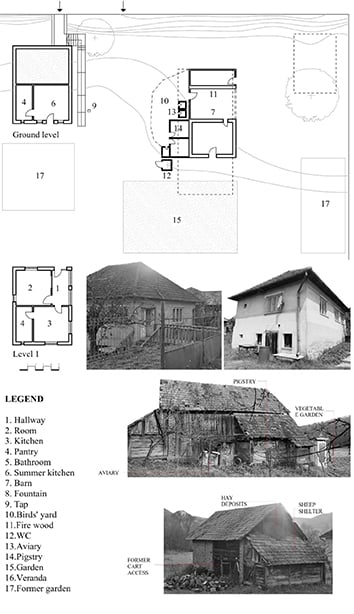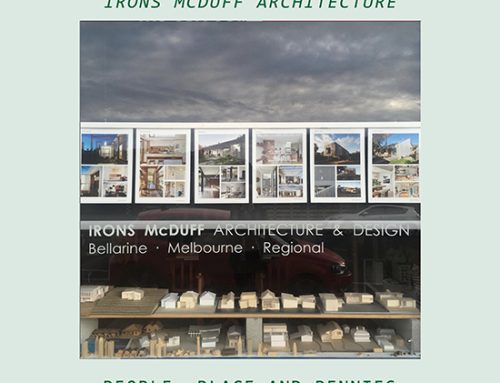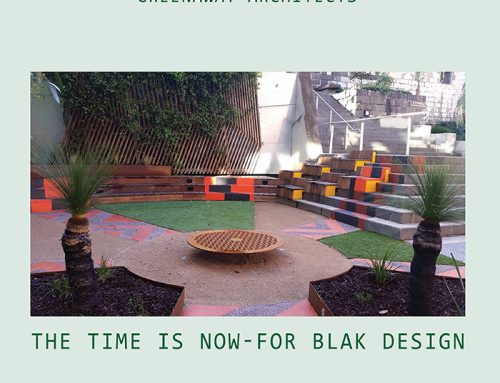 The School of Architecture and Built Environment congratulates our newest PhD graduate Alexandra Florea whose thesis entitled An Architectural Study of Romanian Villages in The Twenty-First Century aims to deconstruct the Romanian village of the twenty-first century. To this end, the history of the Romanian village is compared and contrasted to the findings of the fieldwork, bringing to light differences between the realities of the village and a traditional rural environment that is idealised.
The School of Architecture and Built Environment congratulates our newest PhD graduate Alexandra Florea whose thesis entitled An Architectural Study of Romanian Villages in The Twenty-First Century aims to deconstruct the Romanian village of the twenty-first century. To this end, the history of the Romanian village is compared and contrasted to the findings of the fieldwork, bringing to light differences between the realities of the village and a traditional rural environment that is idealised.
Supervisors:
Mirjana Lozanovska (Principal)
David Beynon (Associate)
Abstract:
Global studies of villages in the twenty-first century reveal that new factors such as migration, tourism and international corporations influence the development of rural space and challenge the traditional idea of the village. The boundary between the rural and the urban has become blurred as cities expanded into rural space and villages were urbanised.
The idea of the village and the relevance of such a term is questionable. This study explores the architecture of contemporary Romanian villages contributing to the understanding of the twenty-first century village. A rich repository of rural studies in the Romanian context have examined the traditional village and traditional architecture, or primarily consider agriculture when concerned with contemporary rural issues.
An examination of five case study villages in Transylvania, Romania, with further analysis of three case study villages, produced a substantial collection of data of the contemporary village. The analysis of the case studies focused on the built environment of the villages, investigating the infrastructure, the state of public buildings, individual houses and public space. During the early phases of analysis, it was observed that although the villages comprise layers belonging to different historical periods, the traditional layer is the one predominantly represented in existing research of the case studies. A review of the literature expanded on notions of tradition, an important theoretical concept but its role was found to be under-examined in the architectural field. Analysis of the field data revealed an intimate connection between the idea of the village as a type of settlement and traditional architecture.
Further analysis of the case studies showed that the idea of the village as a repository of traditions was problematic in the twenty-first century, even if the street and individual houses present elements that define the village. The thesis argues that new processes, customs and architecture are also capable of holding traits of authenticity, proposing that rural architecture of the twenty-first century can be defined as vernacular, but not traditional.
The influence of urban culture was present in each of the village case studies at different points in their histories. But these influences were (and are) filtered and adapted according to local rural cultures and do not necessarily imply an urbanisation process.
 Villages have complex and at times complicated environments as the case studies demonstrated: traditional and new patterns of settlement, new architectural programs introduced during the twentieth century, contemporary and traditional houses, as well as modern improvements of the rural infrastructure. These layers combined create the multiple realities of the contemporary village which challenge the idealised image of the village. The thesis examines the village in terms of tradition, but also through framings of modernisation and urbanisation, redefining these as distinct phenomena, and argues that the village has continued to be a viable model of settlement into the twenty-first century. The power that the traditional built environment wields in contemporary discourse plays a role in this survival of the village.
Villages have complex and at times complicated environments as the case studies demonstrated: traditional and new patterns of settlement, new architectural programs introduced during the twentieth century, contemporary and traditional houses, as well as modern improvements of the rural infrastructure. These layers combined create the multiple realities of the contemporary village which challenge the idealised image of the village. The thesis examines the village in terms of tradition, but also through framings of modernisation and urbanisation, redefining these as distinct phenomena, and argues that the village has continued to be a viable model of settlement into the twenty-first century. The power that the traditional built environment wields in contemporary discourse plays a role in this survival of the village.





